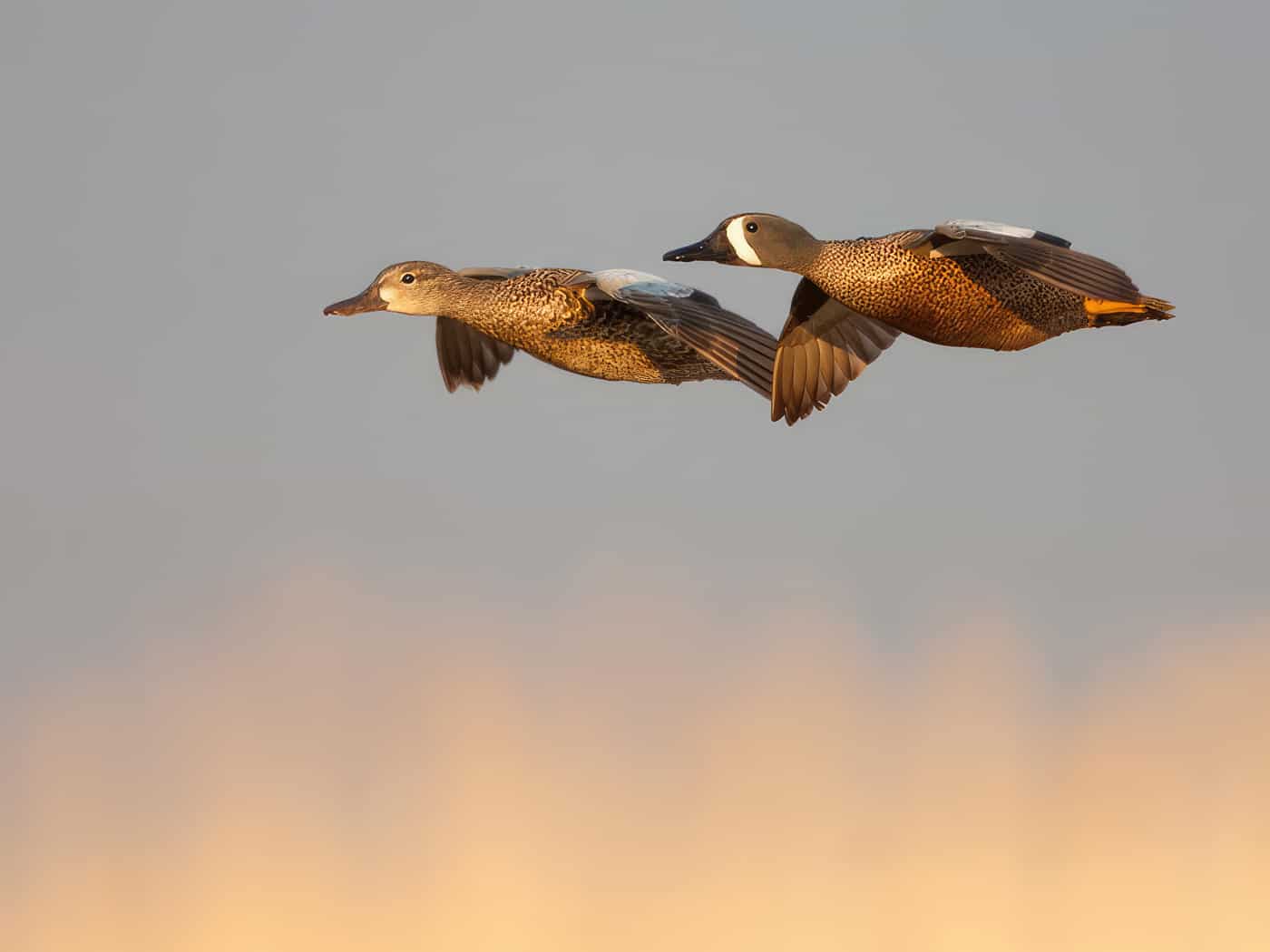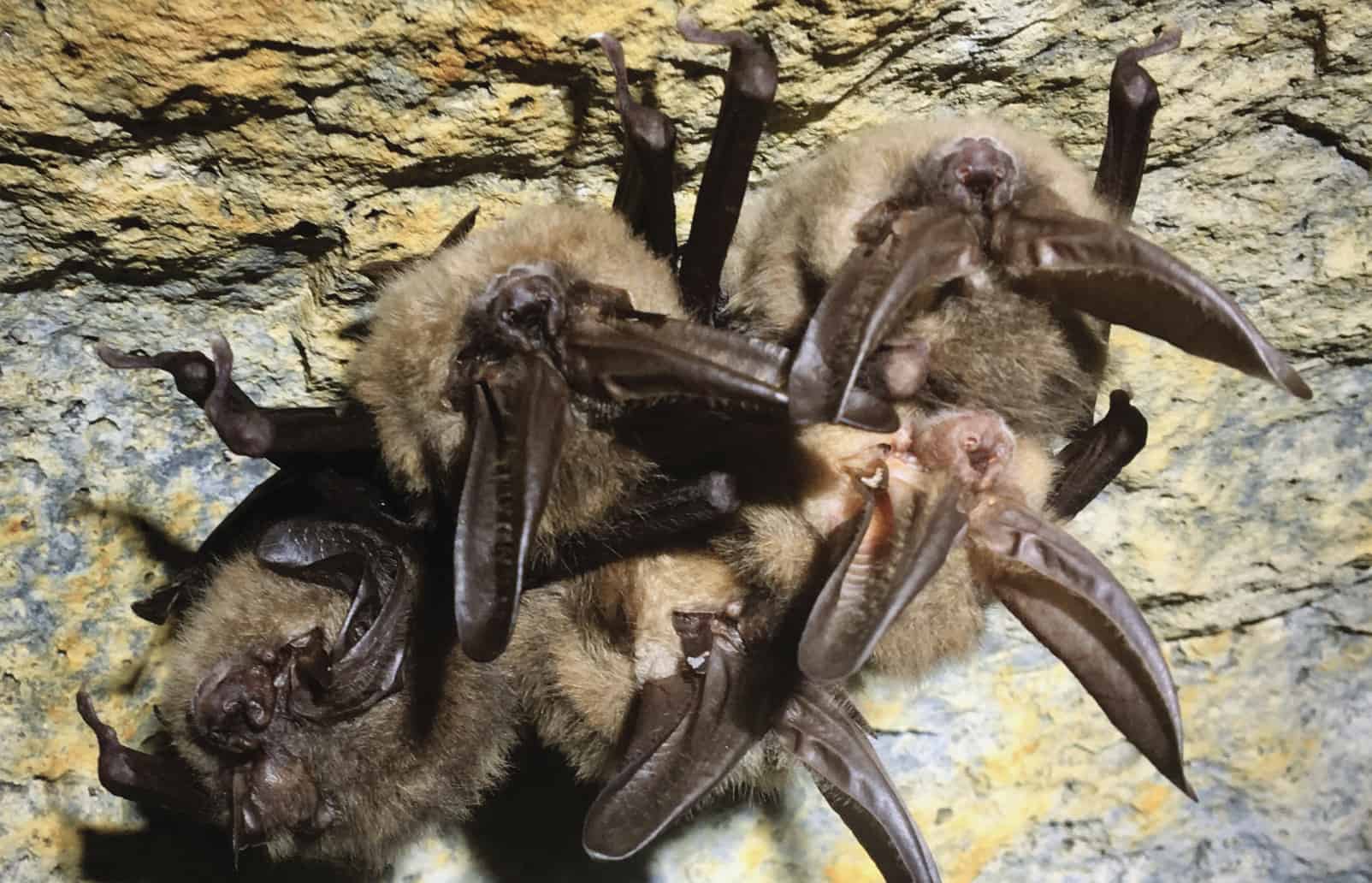Share this article
For ducks in the Prairie Pothole Region, timing is everything
Agriculture and climate are reshaping the landscape
How nesting ducks fare in the Prairie Pothole Region often comes down to timing. This vast region across the northern Great Plains is critical to waterfowl. Each year, about 10 million ducks and other waterfowl fly here to breed. Historically, they took advantage of the mosaic of wetlands and grasslands, but changing weather patterns and agriculture use has transformed the landscape. That has caused some to birds to succeed and others to decline.
Studying nine duck species that historically used the Prairie Pothole Region, researchers found early-nesting ducks tended to struggle the most.
“When early nesting ducks arrive in the Prairie Pothole Region, many fields are covered in debris left from the previous fall’s harvest, mainly stubble from cereal grains,” said TWS member Frances Buderman, assistant professor at Penn State and lead author on the study published in the Journal of Animal Ecology.
Header Image: Researchers focused on nine duck species that historically used in the Prairie Pothole Region, including blue-winged teal (Spatula discors), pictured here. Credit: Delta Waterfowl








